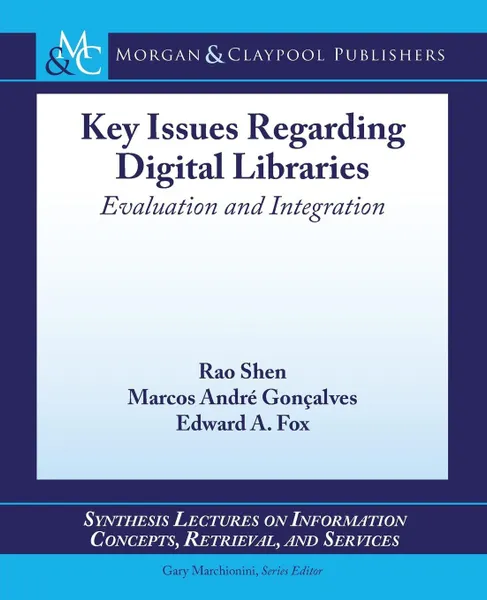Key Issues Regarding Digital Libraries. Evaluation and Integration 12+
2013
112 страниц
Категория: Компьютерные технологии
ISBN: 9781608459124
Язык: Английский
📘 This is the second book based on the 5S (Societies, Scenarios, Spaces, Structures, Streams) approach to digital libraries (DLs). Leveraging the first volume, on Theoretical Foundations, we focus on the key issues of evaluation and integration. These cross-cutting issues serve as a bridge for those interested in DLs, connecting the introduction and formal discussion in the first book, with the coverage of key technologies in the third book, and of illustrative applications in the fourth book. These two topics have central importance in the DL field, allowing it to be treated scientifically as well as practically. In the scholarly world, we only really understand something if we know how to measure and evaluate it. In the Internet era of distributed information systems, we only can be practical at scale if we integrate across both systems and their associated content.Evaluation of DLs must take place atmultiple levels,so we can address the different entities and their associated measures. Thus, for digital objects, we assess accessibility, pertinence, preservability, relevance, significance, similarity, and timeliness. Other measures are specific to higher-level constructs like metadata, collections, catalogs, repositories, and services.We tie these together through a case study of the 5SQual tool, which we designed and implemented to perform an automatic quantitative evaluation of DLs. Thus, across the Information Life Cycle, we describe metrics and software useful to assess t...
Мнения
